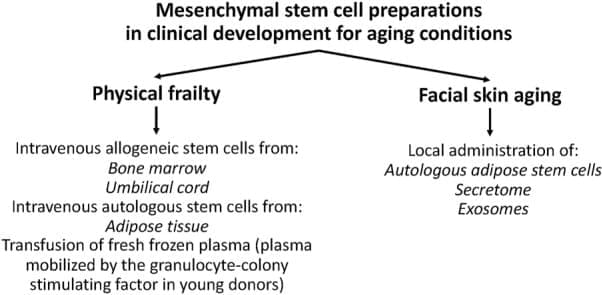Stem cells (SCs) are undifferentiated cells which can proliferate indefinitely or differentiate into progenitor cells and end-phase differentiated cells (becoming pluripotent) (Mayo, 2021; Slack, 2022). Human embryonic SCs (hE-SCs) are found in the inner cell mass of the blastocyst; h E-SC research raises ethical concerns (Lo and Parham, 2009), and h E-SC transplantation in vivo can lead to the formation of large tumors called teratomas (Blum and Benvenisty, 2008).
Small numbers of adult SCs are found in some organ “niches”, including the bone marrow, where hematopoietic progenitor cells (HPC) replenish blood and immune cells. In 1958, Mathe et al. (1959) successfully performed the first adult SC therapy on five workers who had received high-dose accidental irradiation at the Vinca Nuclear Institute in Yugoslavia. After transfusions and grafts of homologous adult bone marrow, all workers survived (Mathe et al., 1959).
For years, the human umbilical cord was a waste material and, unlike h E-SCs, its use does not raise ethical concerns. In 1988, Gluckman et al. (1989) successfully performed the first human cord blood transplant in a child with Fanconi’s anemia. Since then, numerous public and private cord blood banks have been established worldwide for the cryopreservation of cord blood in view of its transplantation (Gluckman, 2011).
